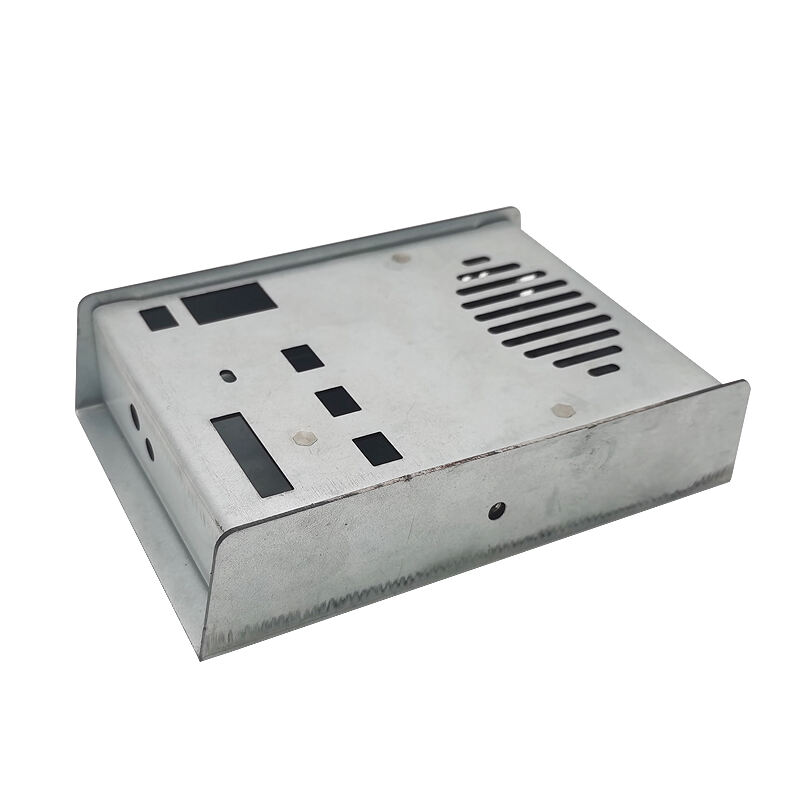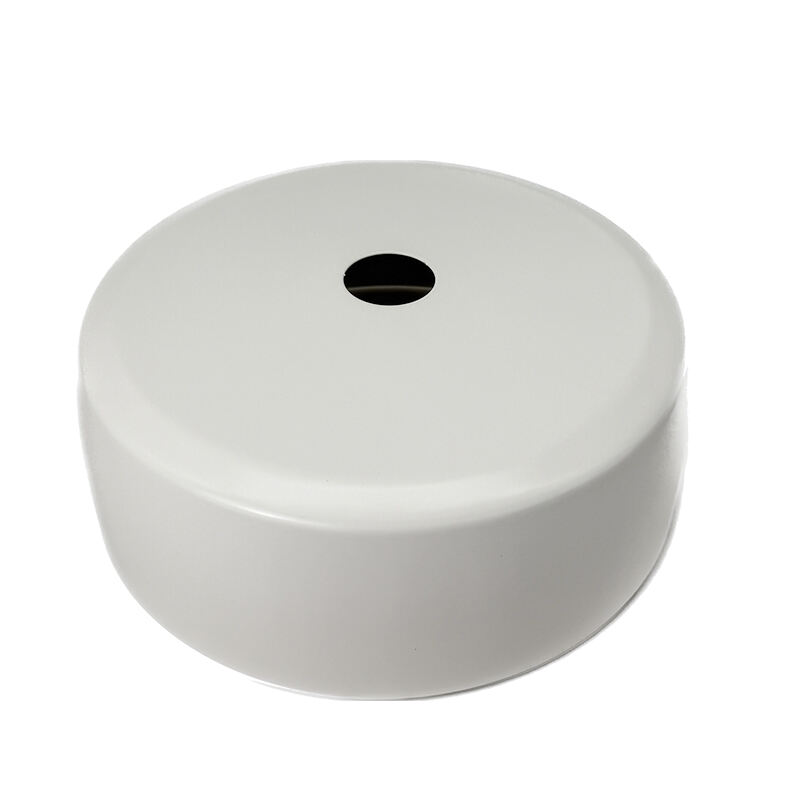sheet metal bending
Sheet metal bending is a crucial metalworking process that transforms flat metal sheets into desired shapes through controlled deformation. This versatile manufacturing technique employs specialized machinery and tools to create precise bends, folds, and angles in metal sheets. The process involves applying force to a workpiece, causing it to plastically deform along a straight line. Modern sheet metal bending utilizes advanced CNC (Computer Numerical Control) technology, enabling highly accurate and repeatable results. The process can handle various materials, including steel, aluminum, copper, and brass, with thicknesses ranging from thin gauges to several millimeters. The technology incorporates different bending methods such as air bending, bottoming, and coining, each suitable for specific applications. Sheet metal bending finds extensive use in numerous industries, from automotive and aerospace to electronics and construction. The process is fundamental in creating components like brackets, enclosures, panels, and structural elements. With precise angle control and sophisticated tooling options, sheet metal bending can achieve complex geometries while maintaining material integrity and dimensional accuracy. This manufacturing method has evolved to meet increasing demands for efficiency, precision, and cost-effectiveness in modern industrial production.

